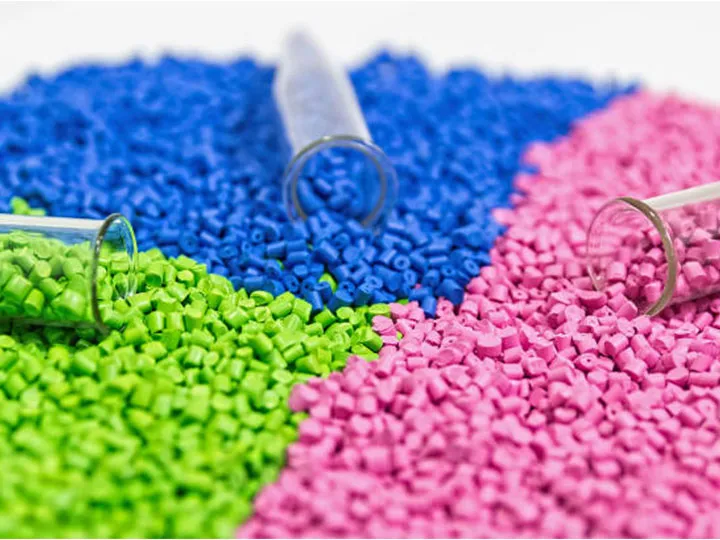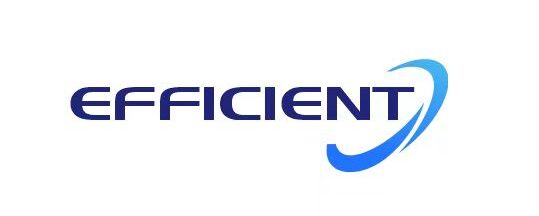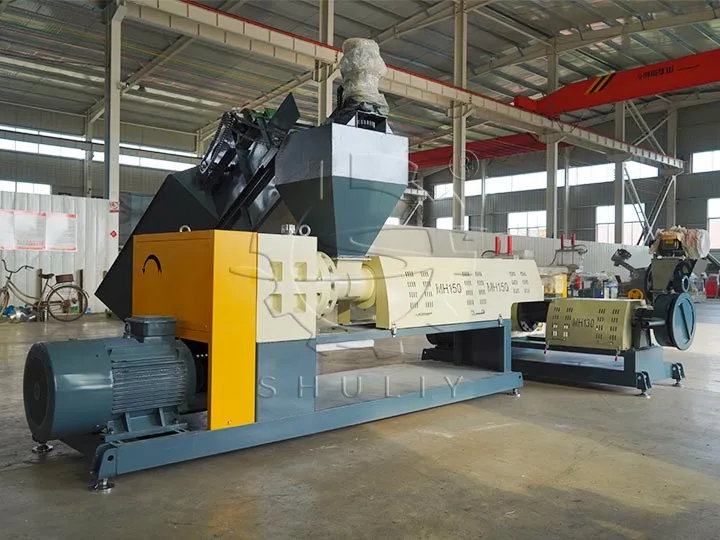Pelet plastik merupakan peralatan pengolah plastik penting yang digunakan untuk mengolah sampah plastik menjadi bentuk butiran untuk digunakan kembali. Ia bekerja dengan mengolah bahan plastik menjadi butiran melalui pemanasan, tekanan, dan ekstrusi untuk pemrosesan ulang selanjutnya atau penggunaan produksi. Namun, beberapa masalah umum sering ditemui saat mengoperasikan granulator plastik.
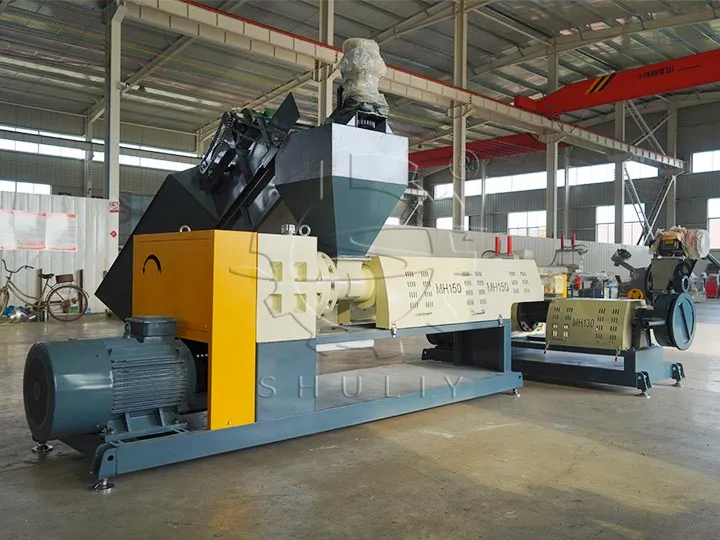
Bisakah bahan plastik yang berbeda menggunakan jalur pelet yang sama?
Berbagai jenis bahan baku plastik, seperti PP, PE, PET, PVC, dan PS, tidak dapat dipelletisasi dalam jalur peletisasi plastik yang sama karena perbedaan sifatnya. Ini disebabkan karena setiap bahan baku memiliki titik lebur dan proses yang berbeda. Desain pelet plastik perlu disesuaikan dengan kebutuhan bahan baku tertentu untuk memastikan pemrosesan dan kualitas produk yang optimal.
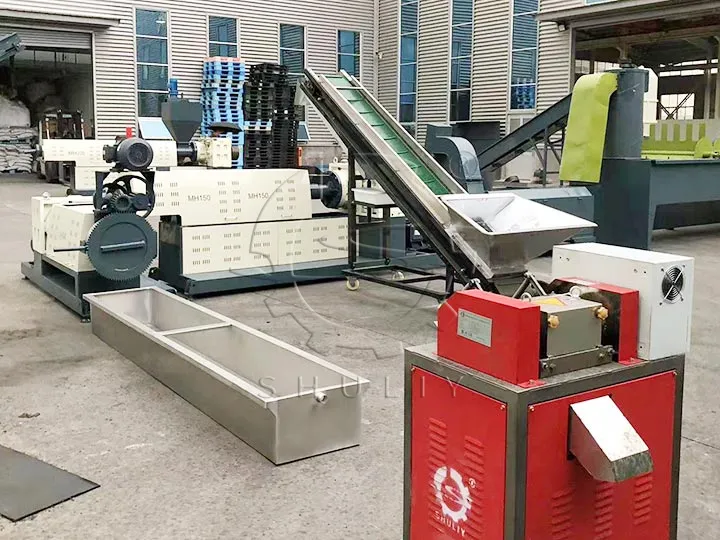
Kontrol suhu selama granulasi
Untuk pembuatan pelet bahan baku PP dan PE, diperlukan pengatur suhu 240 derajat. Namun, perlu disebutkan bahwa pelet plastik dapat beroperasi pada suhu hingga 500 derajat. Suhu pengoperasian yang tinggi ini membantu melelehkan bahan plastik secukupnya untuk pencetakan ekstrusi selanjutnya.
Konsumsi energi jalur pelet
Seluruh jalur granulasi plastik perlu mengkonsumsi sekitar 500 derajat listrik untuk memproses satu ton bahan baku. Dan seluruh jalur peletisasi plastik hanya membutuhkan 3-4 pekerja. Meskipun konsumsi relatif tinggi, kapasitas pemrosesan dan efisiensi produksi yang sangat efisien dari peralatan tetap menjadi keuntungan penting untuk menarik pengguna.
Apa prinsip kerja pelet plastik?
Extruder perlu dipanaskan terlebih dahulu sebelum bekerja. Bahan baku plastik memasuki ekstruder melalui saluran masuk, dan setelah meleleh pada suhu tinggi, bahan plastik yang meleleh diekstrusi menjadi butiran oleh tekanan yang dihasilkan oleh putaran sekrup.
Bagaimana cara menghasilkan pelet dengan warna berbeda?
Untuk menghasilkan pelet plastik dengan warna berbeda, hanya perlu menambahkan pigmen yang sesuai selama proses pelet. Namun, formulasi yang tepat perlu disesuaikan dengan kebutuhan pengguna dan kebutuhan warna.
